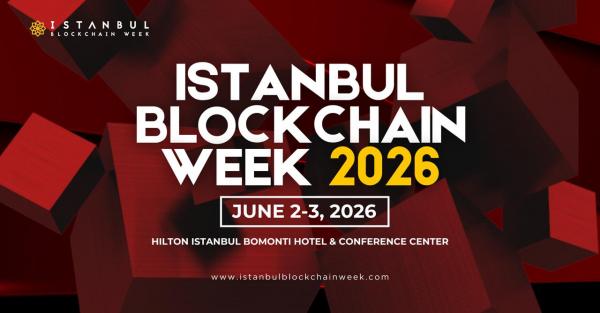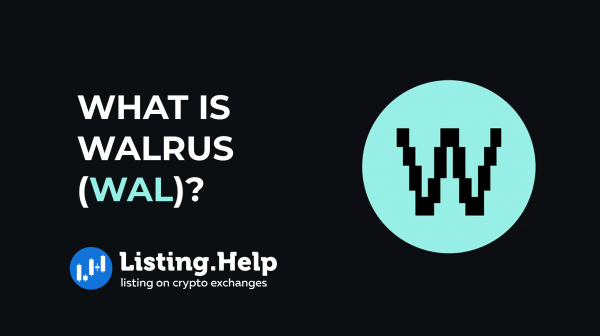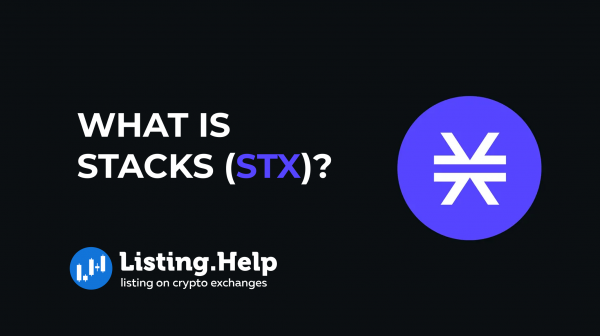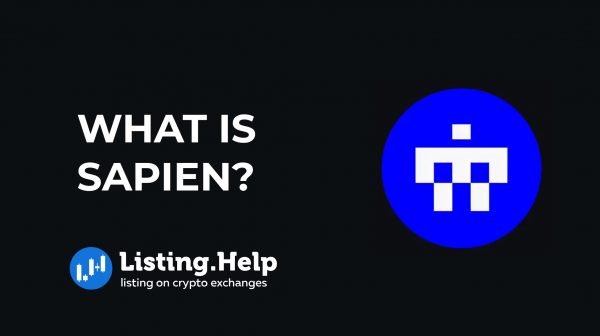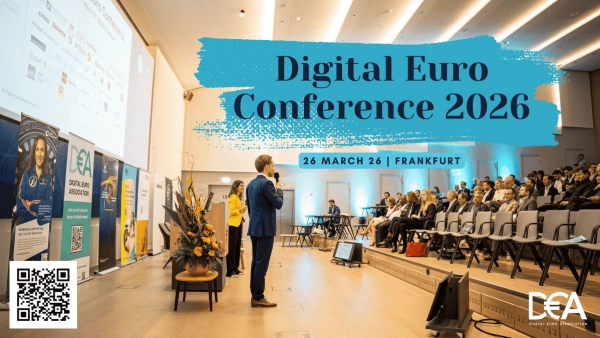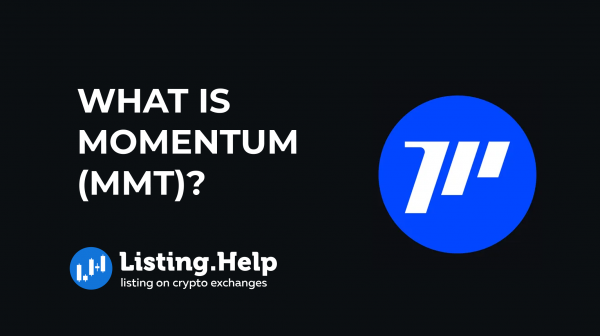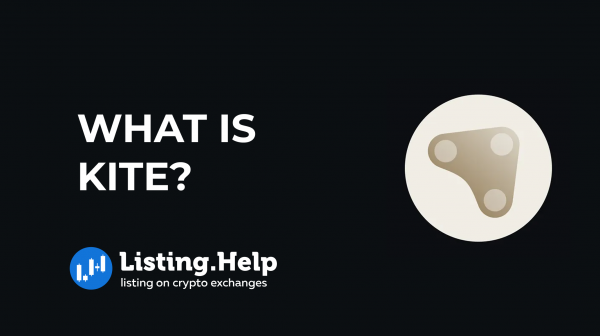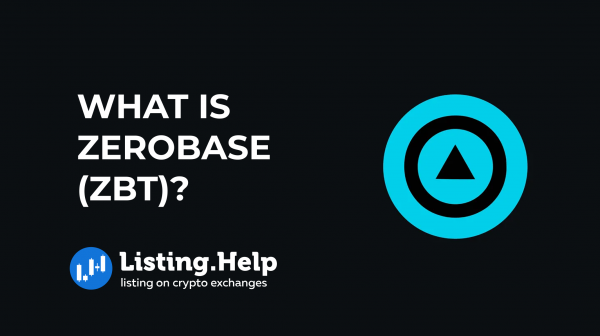What is Caldera (ERA)?
 July 20, 2025
July 20, 2025 Updated: July 20 2025, 08:12
Updated: July 20 2025, 08:12
LEAVE A REQUEST
Launching your own token project? Our experts are ready to help with listing on exchanges, market making, marketing and other solutions
SUBMIT APPLICATIONBlockchain developers have long faced the challenge of scalability. Among the many attempts to solve it, Caldera (ERA) stands out for its practical approach. The platform offers tools that make it simple to launch custom Ethereum Layer-2 chains, without requiring teams to rebuild everything from the ground up.
If you’ve been hearing about Caldera or the ERA token and want to understand what the project is actually doing, here’s a clear explanation. This overview breaks down Caldera’s goals, its main application, and how the platform works in practice.
What is Caldera?
Caldera is a blockchain platform built to simplify how rollups are developed and launched. Instead of offering a one-size-fits-all solution, Caldera gives each rollup its own setup — custom execution environment, preferred data availability layer, and its own ERC-20 token for gas. This modular approach means teams can fine-tune performance, costs, and security based on what their application actually needs.
The project is focused on helping developers build fast, scalable networks tailored to specific use cases. Caldera’s long-term aim is to bring Ethereum to a scale where it can support millions of users without performance tradeoffs. To get there, it relies on zero-knowledge rollup tech — helping developers build decentralized apps that don’t have to sacrifice speed or reliability.
Key Features of Caldera
Caldera isn’t just about making it easier to launch high-performance Layer 2 blockchains. It also gives developers a broad set of tools they can adapt to fit their own needs. That flexibility has made it popular with many Web3 teams. Here’s what stands out:
- Custom Rollup Settings: Developers can tweak many parts of their setup — like which token is used for gas fees, how block times are handled, and how data is stored. This makes it easier to tune performance and costs based on what their app needs.
- Built for Ethereum DApps: Since it works directly with the Ethereum Virtual Machine (EVM), apps already running on Ethereum can move over without major changes.
- Helpful Tools for Builders: SDKs and APIs are included to speed up the process of creating and managing rollups.
- Works Well Across Chains: Caldera supports cross-rollup communication, so projects can move assets between rollups easily.
The ERA Token
ERA is Caldera’s native token. It serves both as a utility and governance asset, and it’s meant to support developers, users, and contributors. The token supply is fixed at 1 billion, all of which are minted from the start. Most of the supply becomes available during the token generation event, while team and investor allocations follow a long-term vesting plan to keep things stable.
Here’s how the tokens are distributed:
- 30% set aside for early contributors, including builders and testnet users
- 20% reserved for the team and advisors, released gradually over a few years
- 30% for investors and treasury, helping fund ecosystem growth
- 20% to support things like governance, liquidity rewards, and bounties for developers
The ERA token is listed on many platforms, including PancakeSwap, Uniswap, KuCoin and Binance. If you’re looking to list your token on similar platforms, understanding the token listing process and crypto exchange listing fees is essential.
Caldera Rollups
Scalability has been one of blockchain’s biggest obstacles. While the technology offers many advantages, handling large volumes of transactions efficiently has remained a challenge. Rollups were developed to address this issue — processing transactions off-chain and then settling them on the main blockchain. This method helps increase speed and cut down on transaction fees.
Caldera takes this further by providing a platform that simplifies the entire process of deploying rollups. It offers a full toolkit and infrastructure setup that makes building and running rollups more accessible for developers.
Here’s what that includes:
- Custom rollup creation: Caldera gives teams the tools to build rollups tailored to their specific applications, without having to start from scratch.
- Developer support: The platform includes pre-built smart contract templates, built-in monitoring tools, and access to security audits to help streamline development and reduce technical overhead.
- Dedicated infrastructure: Everything is set up to support rollup operations directly — prioritizing stability, security, and the ability to scale when needed.
Caldera Metalayer
One of the long-standing problems in blockchain is that chains often don’t talk to each other. That slows things down and makes it hard for users and developers to work across different platforms. Caldera’s Metalayer is built to solve that.
It acts as a connector for rollups, allowing them to exchange information and assets quickly and securely. This setup removes much of the friction usually involved in cross-chain activity. Transfers that might’ve taken minutes now happen in seconds.
The Metalayer is built on top of a settlement system and uses intent-based tools to simplify transactions. That helps lower both the cost and the technical burden on developers.
The fragmentation between chains has always made Web3 harder to use. Developers had to build workarounds. Users had to wait. Liquidity was hard to move. Caldera designed Metalayer as a response to that — a system that gives projects a shared base where communication, asset movement, and resource access all happen more efficiently.
The long-term plan is ambitious: a network of thousands of rollups, all working together. By making these chains part of a connected system, Caldera hopes to help Ethereum grow in a more stable and scalable way. The goal is to support a wide range of apps while keeping things fast, secure, and easier for users.
Conclusion
With its core infrastructure and the ERA token, Caldera is in a strong spot to change how developers approach blockchain scaling. Its tools make it easier to build fast, flexible rollups that aren’t locked into isolated systems.
By giving developers a reliable, modular way to build and connect their projects, Caldera aims to support the next wave of DApps. And by making it simpler to create apps that work across chains, the platform is focused on real-world usability — not just theory.
If the broader Web3 space continues to grow, Caldera’s approach could help make that growth more sustainable. The combination of developer-focused tools, an interconnected framework, and strong community incentives gives the project a solid foundation to build on.

For more insights and updates on the crypto world, don’t forget to check out our blog at Listing.Help




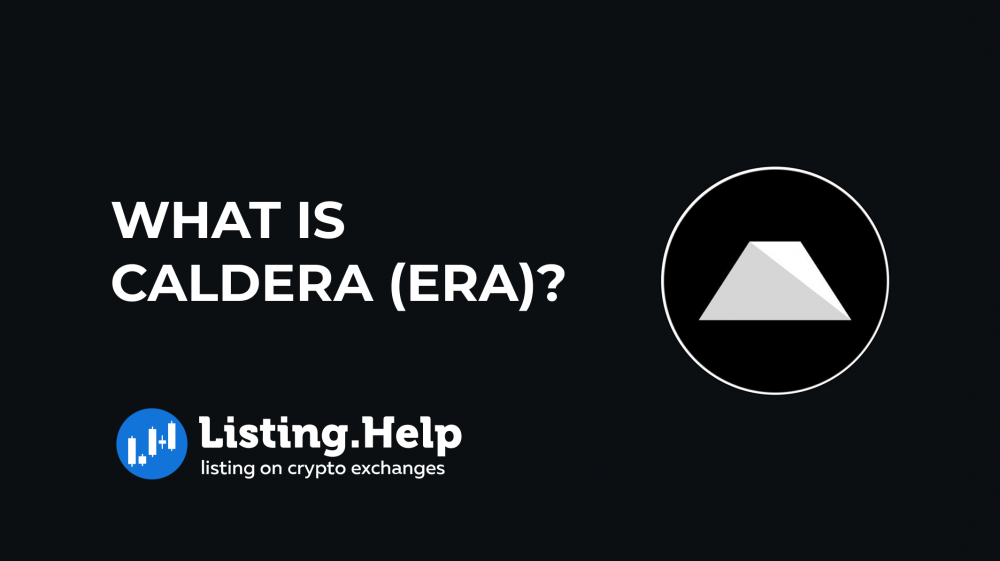

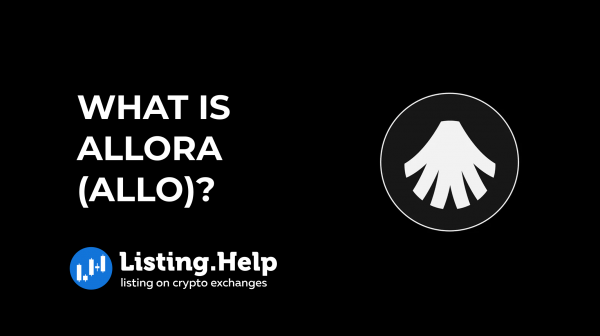
 December 29, 2025
December 29, 2025 